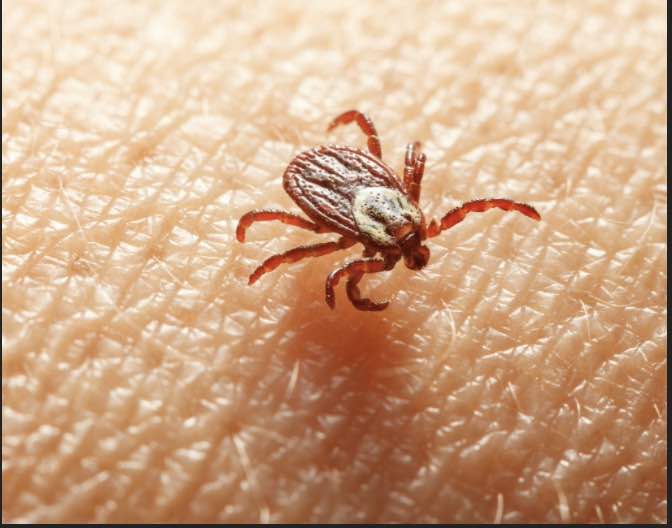It’s that time of year.
Ticks and tick-borne diseases in New Jersey
With Spring right round the corner and warmer weather on the way, it’s time to be on the lookout for ticks. If you engage in any outdoor activities during the warmer months, ticks can be a problem. We find basically three species of disease transmitting ticks in New jersey. The blacklegged (deer) tick, Ixodes scapularis, the lone star tick, Amblyomma Americanum and the American dog tick, Dermacentor variabilis.
While Lyme disease, which is transmitted by the blacklegged or deer tick is still the most common and well known of the tick-borne diseases there are several others that have been on the rise and of concern. Anaplasmosis, Babesiosis and Powassan virus are also transmitted by the blacklegged tick, while Rocky Mountain Spotted Fever is transmitted by the American dog tick, and the lone star tick transmits Ehrlichiosis.
It is important to promptly remove the tick. It’s not a bad idea to save the tick for later ID if it becomes necessary. Early removal of the tick limits the possible exposure to the disease. If you are bitten, be on the lookout for tick borne disease symptoms such as rash or red ring in the bite area. Later symptoms include a fever, headache, or muscle ache. If you develop any of these symptoms after being bitten you should see a physician immediately and tell them about the tick bite.Tick bites can be prevented by wearing repellents, avoiding tick-infested areas and performing frequent tick checks when returning home from the field. I have found that by spraying my clothes with a long-lasting repellant, with the active ingredient, Permethrin, and allowing it to fully dry before wearing I can achieve almost 100% protection. This protection lasts through several washings. An ounce of prevention is always worth a pound of cure. Please stay safe and enjoy the many outdoor activities available in New Jersey

